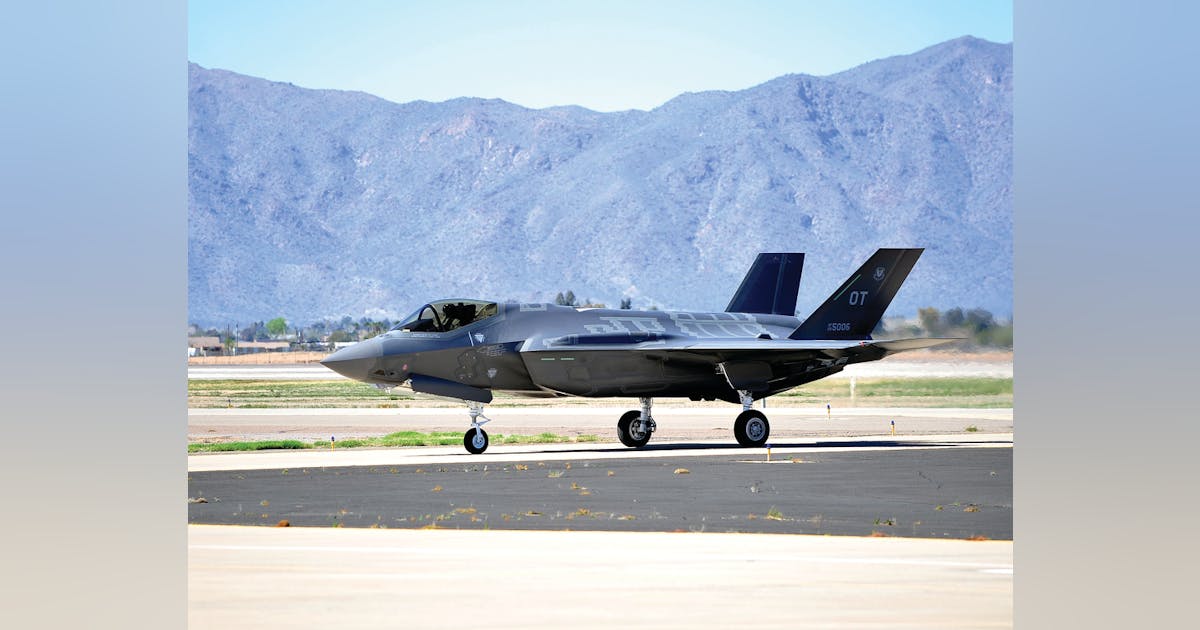How is it different from steerable mount , i thought both are same , and what have it got to do with conformal anteena
I am not aradar expert but found a good explaination on a forum so sharing below---
I think we need to get some terminology straight first. A swash plate array (as proposed for Gripen and Typhoon, at any rate) is a normal AESA, just mounted on a mechanically steerable platform rather than fixed to an airframe bulkhead. This is completely different to a traditional mechanically scanned radar, the beam is also steered primarily by electronic phase shifting - physically turning the antenna is merely intended to expand its field of view. The reason for doing so is that beam quality of fixed phased arrays (both AESA and PESA) degrades near the edges of the scan envelope, limiting this type of antenna to around 60° off the nose compared to 80+°.
In summary, the cheapest way of using AESA technology is a simple fixed nose antenna. To regain the lost coverage compared to traditional mechanically scanned radars, two solutions exist: additional ('cheek') arrays or a swash plate installation in the nose. Both suffer cost, weight and power consumption penalties over a fixed nose AESA but expand non-degraded field of view back to levels formerly offered by mechanically scanned antennas. Cheek arrays are probably better in terms of maintenance requirements while a swash plate is easier to integrate (sensor fusion, interference), particularly for retrofits (Typhoon, Gripen). Both eliminate the transmitter as a potential single point failure (graceful degradation), so even the swash plate retains some of the maintenance cost benefits over mechanically scanned radars.


